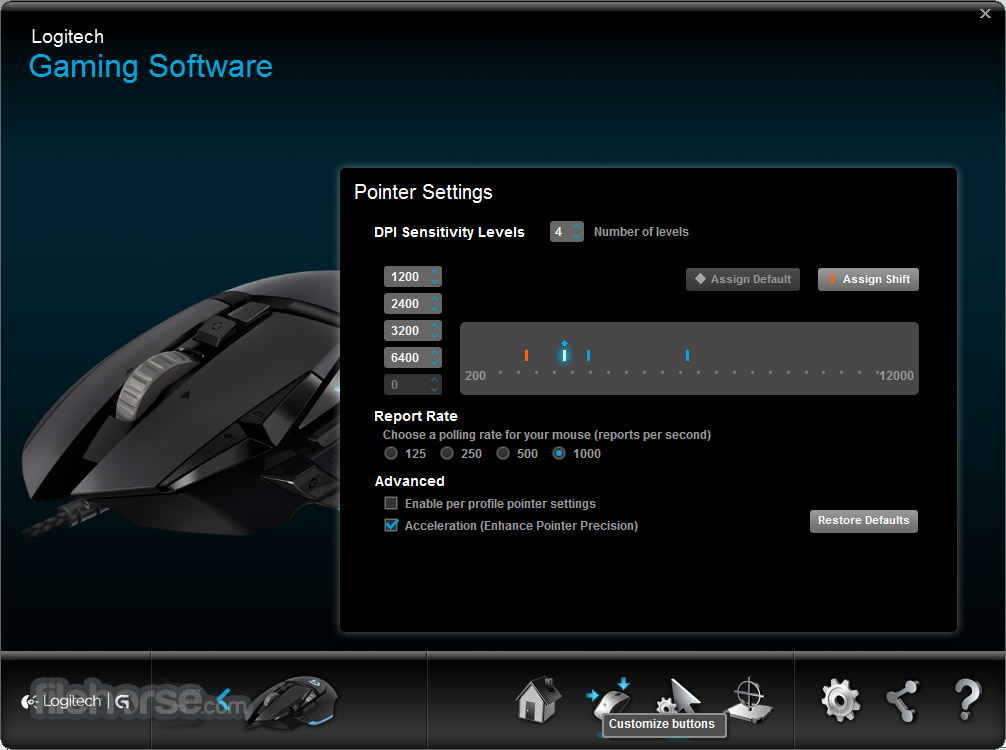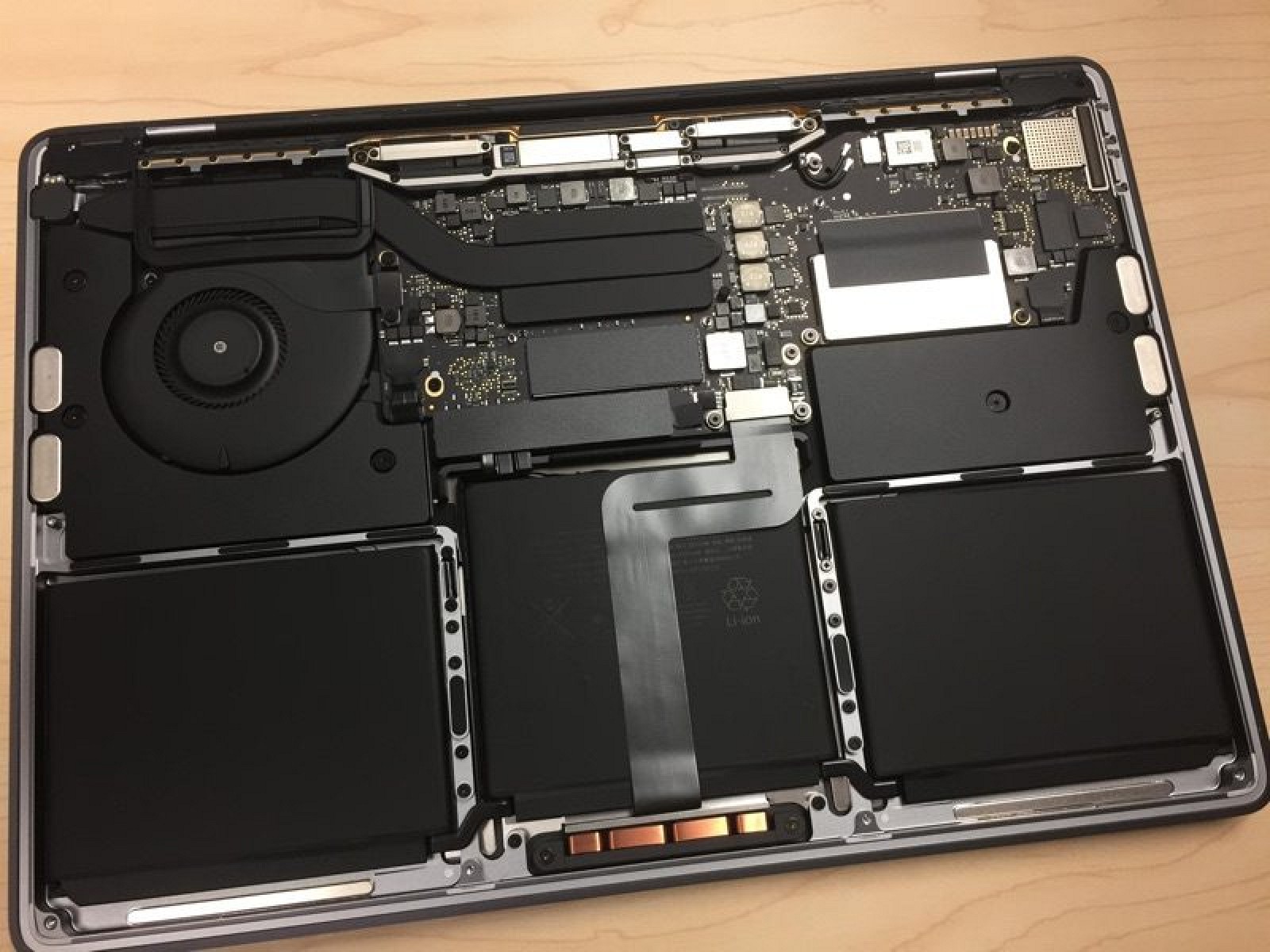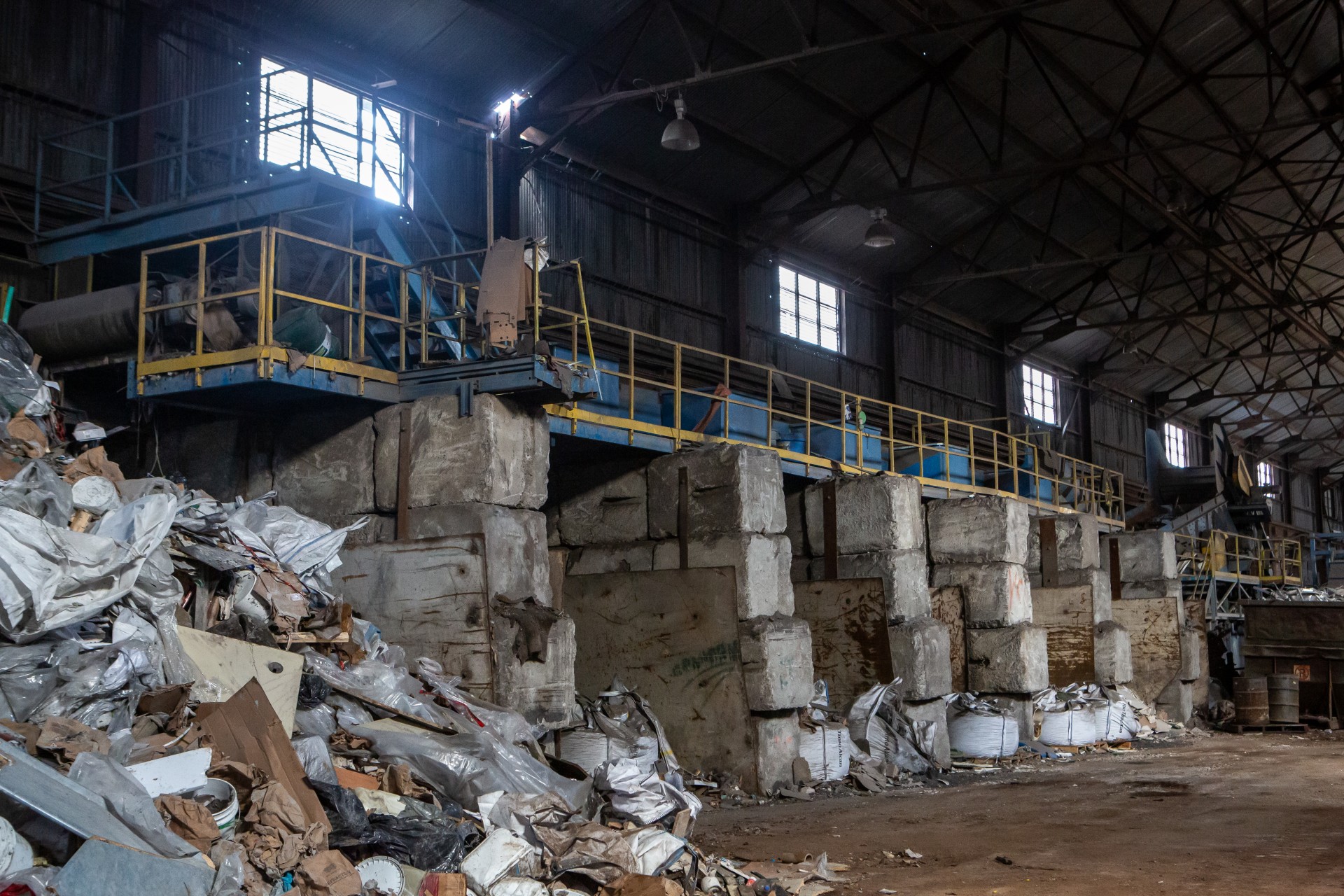- Recover Permanently Deleted Files
- Recover Data from All Mac Devices
- Recover Unlimited File Formats with Ease
- Recover Data from Crashed Mac New!
- Restore Data from Formatted/Corrupt Partition
- Two Scan Modes, File Preview, Recover Anytime
- Disk Imaging & Monitor Drive Health
- Repair Corrupt Videos and Photos
Mac Free Any Data Recovery. Mac Free Any Data Recovery can help you reclaim a variety of files from the depths of damaged drives. It is one of the first free data recovery software that provides free trials for users - this data recovery solution is one of the few that allows users to experience the full version of the software for free. MiniTool Mac recovery software is designed for Mac users to recover deleted/lost files from Mac computers and Mac-compatible devices. If you use a Mac, you can install this professional Mac data recovery tool to recover data from Mac, external HDD, SSD, USB, SD/memory card, etc. Corrupt or formatted drive is supported.
Recover Permanently Deleted Files
- Recover files, images, videos, audio & emails emptied from Trash.
- Scan Mac storage drive for free to restore deleted Word, PowerPoint, Excel files.
- Recover files of native apps like Photos, iMovie, GarageBand, Pages, Keynote, etc.

Recover Data from All Mac Devices
- Recover data from MacBook Pro/Air, iMac, Mac mini, etc.
- Recover data from SSD, HDD, SD card, USB, Fusion Drive, etc.
- Compatible with Catalina, Mojave, High Sierra, etc. Support APFS, HFS+, FAT & NTFS drives.
Recover Unlimited File Formats with Ease
- The Mac file recovery software can scan & preview files for free, and restore unlimited types of file formats.
- Allow you to add new or custom file formats to the supported file formats list.
- Read file header information and use file signature-based technique to recover any file format.
Recover Data from Crashed Mac New!

- This data recovery software for Mac allows you to create bootable recovery USB drive.
- Recover data from crashed Mac due to ‘grey screen of death’, software bugs, etc.
- Enable direct access to the startup volume of crashed Mac for scanning & data recovery.
Restore Data from Formatted/Corrupt Partition

- Deep scan formatted partition or volume for free to recover lost data.
- Retrieve files due to partition or file system corruption, wrong partition deletion or resizing.
- Help regain data from accidentally deleted BootCamp partition.
Two Scan Modes, File Preview, Recover Anytime
- ‘Quick Scan’ scans drive faster while ‘Deep Scan’ suits for formatted/corrupt drive recovery.
- Choose specific file types to scan for free. Preview all recoverable files to verify. macOS-like GUI.
- Save the scan result and reload anytime to resume the data recovery process.
Disk Imaging & Monitor Drive Health
- Create image of drive having bad sectors to allow faster & secure data recovery.
- Drive Monitor in the free Mac data recovery software keeps track of drive temperature, performance & health.
- Scan Disk module in the Drive Monitor scans & reports bad sectors. Clone Disk feature creates replica of drive.
Repair Corrupt Videos and Photos
- World’s only Mac data recovery software with video and photo repair function.
- Repair not playing, blurry, frozen, grainy, and out of sync videos. Preview repaired videos.
- Repair not opening, pixelated, distorted or split photos. Extract thumbnails of severely corrupt photos.
macOS Recovery is part of the built-in recovery system of your Mac. You can start up from macOS Recovery and use its utilities to recover from certain software issues or take other actions on your Mac.
How to start up from macOS Recovery
- Turn on your Mac and immediately press and hold these two keys: Command (⌘) and R. Need help?
- Release the keys when you see an Apple logo, spinning globe, or other startup screen.
- You might be prompted to enter a password, such as a firmware password or the password of a user who is an administrator of this Mac. Enter the requested password to continue.
- Startup is complete when you see the utilities window:
- After starting up from macOS Recovery, select a utility, then click Continue:
- Restore From Time Machine Backup:Restore your Mac from a Time Machine backup.
- Reinstall macOS: Download and reinstall the Mac operating system.
- Get Help Online: Use Safari to browse the web and find help for your Mac. Links to Apple's support website are included. Browser plug-ins and extensions are disabled.
- Disk Utility: Use Disk Utility to repair your disk or erase your disk or other storage device.
Additional utilities are available from the Utilities menu in the menu bar: Startup Security Utility (or Firmware Password Utility), Network Utility, and Terminal.
- To quit macOS Recovery, choose Restart or Shut Down from the Apple menu . If you want to choose a different startup disk before quitting, choose Startup Disk from the Apple menu.
If you can't start up from macOS Recovery
If your Mac can't start up from its built-in macOS Recovery system, it might try to start up from macOS Recovery over the Internet. When that happens, you see a spinning globe instead of an Apple logo during startup:
To manually start up from Internet Recovery, press and hold either of these key combinations at startup:
- Option-Command-R
- Shift-Option-Command-R
Learn more
If startup from Internet Recovery is unsuccessful, you see a globe with an alert symbol (exclamation point):
In that case, try these solutions:
Mac Mini Recovery Mode

- Make sure that your Mac can connect to the Internet. If you're not prompted to choose a Wi-Fi network during startup, move your pointer to the top of the screen, then choose a network from the Wi-Fi menu , if available.
- Press Command-R at startup to try using the built-in Recovery system instead of Internet Recovery.
- Connect to the Internet using Ethernet instead of Wi-Fi, or vice versa.
- Connect to the Internet from a different Wi-Fi or Ethernet network. Your network configuration might not allow the Internet access that macOS Recovery needs.
- Try again later, because the issue might be temporary.
- Start up from another disk or volume, if available, or use a bootable installer to reinstall macOS.
Recovery For Mac Mini Versions
If you still need help, please contact Apple Support.




